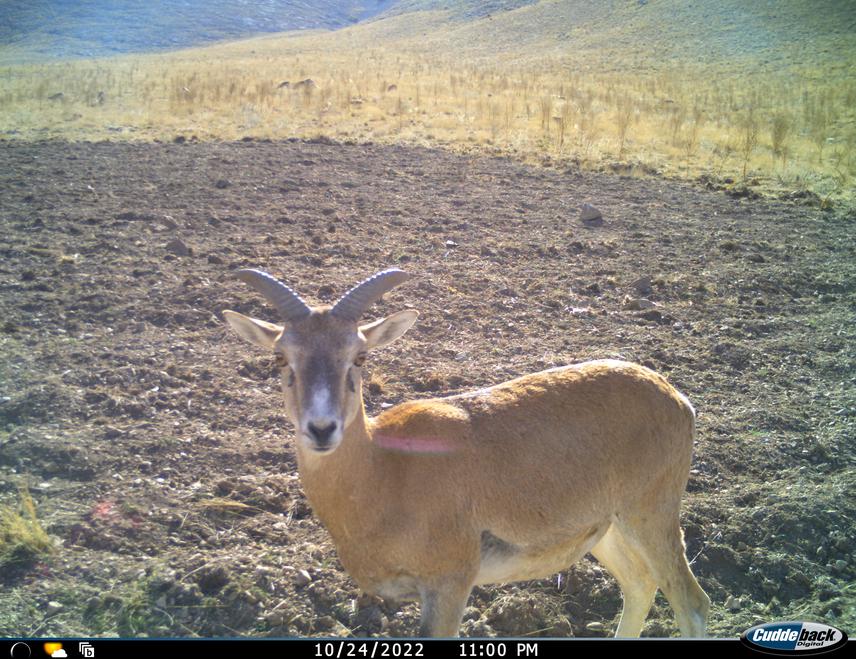Mevlüt Zenbilci
Anatolian Wild Sheep is Turkey's endemic large mammal wild animal. In 1966, a herd consisting of 35 individuals survived. Thereupon, the Ministry of Agriculture and Forestry declared an area of 42.000 ha as a protected area in the same year. A wire mesh fence surrounded a section of 3,429 ha of this field in 1989 and a breeding station was established. Following this period, the population in the breeding station adapted well to the steppe habitat and their number increased to 2000 in 2005. As the carrying capacity gradually exceeded the optimum in the study area, Anatolian wild sheep turned to plants with lower nutritional value. While there were approximately 700 plant taxa in the breeding station area in 1966, this number was around 440 in 2021. Considering the distribution of decreasing plant taxa, it has been determined that the taxa with medicinal aromatic and high nutritional value have disappeared in the area. After 2005, the number of sheep decreased every year due to the paratuberculosis epidemic that infected Anatolian wild sheep in the Bozdağ Wildlife Development Area through wild animals such as rabbits, badgers, squirrels, marten, and birds, and in the last census, approximately 500 Anatolian wild sheep were counted. The most important reasons why paratuberculosis disease is so effective are the decrease in genetic diversity (self-mutilation) and the destruction of the habitat of the species over time.

There are two main methods to make the degraded habitat structure in Konya Bozdağ suitable for sheltering, breeding, and reproduction of Anatolian wild sheep individuals. The first of these, the efforts to place individuals above the carrying capacity in other natural areas, has been implemented in various Ministry and University partnership projects since 2005, and successful resettlement studies have been carried out in various natural areas. Secondly, it is seen that there is a need for habitat restoration (preservation and development of the natural structure of the existing living environment) to bring the habitats of the remaining individuals to a habitable level.
Restoration of the area (Vegetation-Afforestation) will be planned. With the planning to be made by determining the plant diversity from the places where the population is healthy in the natural areas of the species; The optimum carrying capacity of the breeding station will be calculated. Food resources that will make it suitable for the survival and development of the target species will be protected and developed.
The quantity and quality of vegetation will be preserved. Where necessary, cover improvement and revitalization of unproductive habitats will be carried out.
Since similar studies have not been carried out in the field before, this study will be an important and a priority for the field.